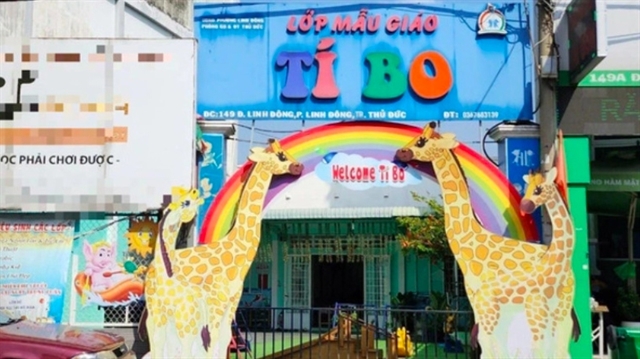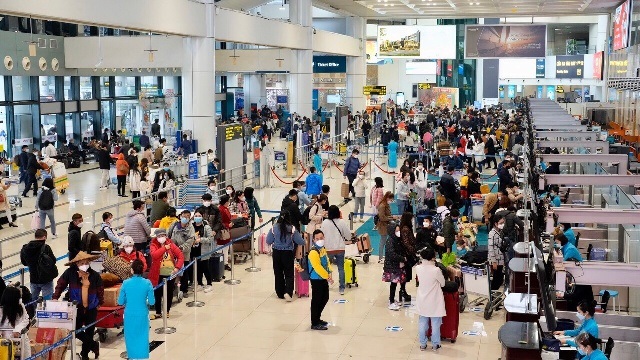.jpg) Society
Society

HCM City authorities have been asked to develop a master plan for urban underground spaces to prepare for the opening of subway lines in the city.
 |
| An underground space at a high-rise in HCM City. HCM City authorities are developing a master plan for urban underground space that will be used in conjunction with the future metro lines. Photo sggp.org.vn |
HCM CITY — HCM City authorities have been asked to develop a master plan for urban underground spaces to prepare for the opening of subway lines in the city.
Speaking at a conference on underground space planning, Hoàng Tùng, deputy director of the Department of Planning and Architecture, said that underground work would need a huge amount of investment and time, affecting water resources and the environment.
“It’s necessary to clearly define the objectives and scope of the plan, which should be specific and suited to each stage of the city’s development,” he said.
The plan must also ensure an efficient use of land as well as compatible connections with existing structures on the ground, he said, adding that it must also meet the requirements of “underground water, security and defense”.
A representative from the HCM City-based University of Architecture said that underground construction was complicated to handle compared to work above ground.
Initially the department proposed conducting comprehensive research on the downtown area (covering an area of 930ha) and Thủ Thiêm new urban area, according to Tùng.
The department proposed organising a tender for the selection of international consultants to ensure the quality of the plan.
Experts agree that it is necessary to consult foreign consultants who will offer planning ideas, spatial design and management regulations.
But initial data collection should be done by Vietnamese consultants who have collected information and data on geology and other underground works in the city.
Metro routes
“The plan for urban underground spaces must be done based on the metro routes,” said Dr. Võ Kim Cương, former director of the Department of Planning and Architecture.
He said the core issue of underground development was to study where the construction work would be done, depending on factors like geology, environment and water resources.
Therefore, geological and hydrological surveys and assessments must be carried out first.
Hà Ngọc Trường, vice chairman of the HCM City Road, Bridge and Port Association, who is also the consultant for the city’s two metro lines, said that most stations would be underground on the metro lines connecting Bến Thành station in District 1 to Tham Lương station in District 12.
Trường said the scope of the research for underground planning should not be limited to the downtown area and Thủ Thiêm new urban area, but should be based on the metro lines.
The plan should also carefully consider factors such as environment, flood control and fires, among others.
Architect Khương Văn Mười said that when the metro lines are opened for use, urban traffic will change significantly, so it is also important to adjust the current traffic structure accordingly.
Meanwhile, the Management Authority for Urban Railways of HCM City said it had already determined the locations of the metro stations, so the department of Planning and Architecture should base its underground planning around these sites.
Metro line No 1, running 20 kilometres between Bến Thành Terminal in District 1 and Suối Tiên Amusement Park in District 9, includes a 2.6-km underground section from Bến Thành to Ba Son Terminal in District 1.
The metro is the first to be included in the plan of underground space now being drafted by city authorities.
HCM City will be the first city to have a comprehensive plan for underground space, a long-held vision that was not taken seriously until now.
“The plan for underground space will improve the city’s appeal and combat the worsening congestion on the ground,” said Nguyễn Đình Hưng, deputy director of the Department of Planning and Architecture.
“The need for connection between underground spaces is becoming increasingly urgent, now that the city will have public underground spaces as part of its future metro network,” he said.
The Department of Planning and Architecture said that it would continue to research and complete the proposal for the urban underground space plan as well as consult the city People’s Committee to complete the plan.
Readers and experts can share their expertise and ideas on improving the plan by writing to sqhkt@tphcm.gov.vn. — VNS



.jpg)




.jpg)
